The Koreas' DMZ: Once a bloodshed scene, now a wildlife sanctuary
Published
15 hours ago
Share
By Kelly Ng
BBC News
What once was the site of bloody armed conflict between the two Koreas has become an unexpected wildlife sanctuary.
Wide plains, lush greenery and rare species of flora and fauna are thriving in the peninsula's demilitarised zone (DMZ).
360-degree views of landscapes and life inside the civilian control line - the buffer area outside the DMZ where civilian activities are restricted - have been made available, for the first time, on Google Street View.
These pictures are part of a Google project marking 70 years since the 1953 armistice which saw North and South Korea pull back from the DMZ. It was launched in collaboration with nine South Korea-based cultural institutions.
ADVERTISEMENT
 IMAGE SOURCE,GOOGLE ARTS & CULTUREImage caption,
IMAGE SOURCE,GOOGLE ARTS & CULTUREImage caption,The Hantan River flows through South Korea's Gangwon and Gyeonggi provinces
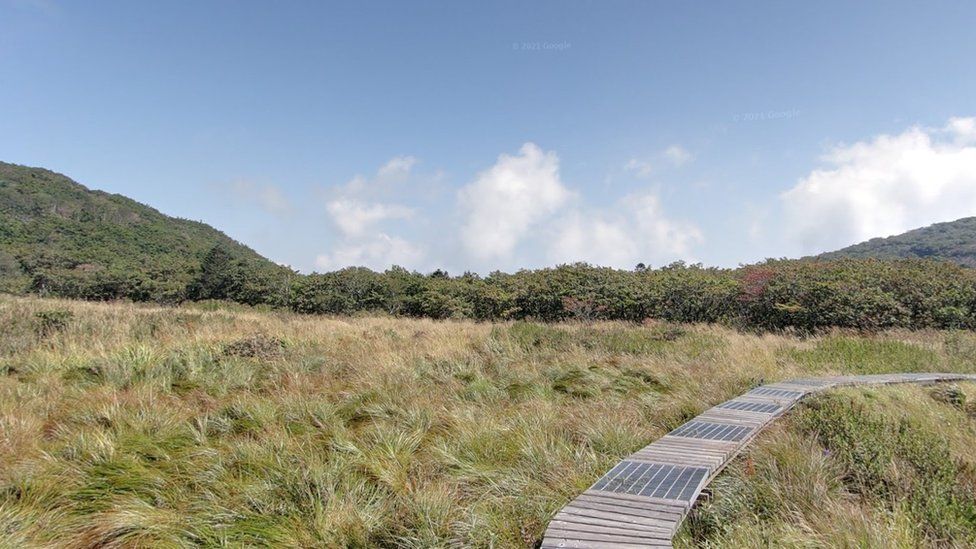 IMAGE SOURCE,GOOGLE ARTS & CULTUREImage caption,
IMAGE SOURCE,GOOGLE ARTS & CULTUREImage caption,Yongneup, a high moor in the DMZ border area, is a paradise for wetland plants
Free travel between the two Koreas became impossible after the military demarcation line was drawn on 27 July 1953. The DMZ crosses the middle of the Korean Peninsula, spanning a total width of 4km (2.4mi), and is about 2km (1.2mi) each from the north and the south. At 907sq km (305sq mi), the DMZ is about 1.5 times the size of Seoul and almost twice the size of New York City.
Places located beyond the civilian control line are not open to individual tourists, but can be visited with approved tour agencies. South Korea has also opened hiking trails in the area.
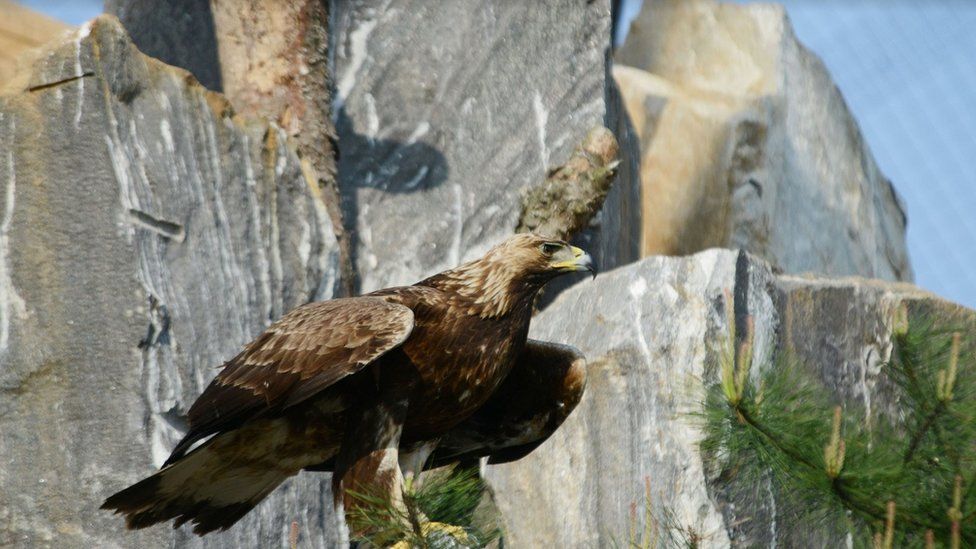 IMAGE SOURCE,GOOGLE ARTS & CULTURE/NATIONAL INSTITUTE OF ECOLOGImage caption,
IMAGE SOURCE,GOOGLE ARTS & CULTURE/NATIONAL INSTITUTE OF ECOLOGImage caption,The endangered golden eagle
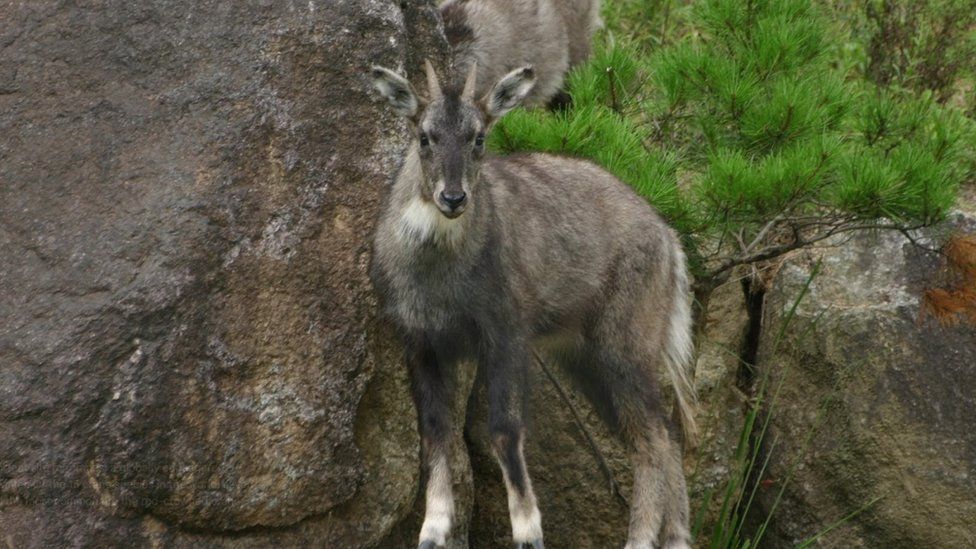 IMAGE SOURCE,GOOGLE ARTS & CULTURE/NATIONAL INSTITUTE OF ECOLOGImage caption,
IMAGE SOURCE,GOOGLE ARTS & CULTURE/NATIONAL INSTITUTE OF ECOLOGImage caption,The mountain goat
According to South Korea's National Institute of Ecology, almost 6,200 wildlife species now call the DMZ home. In particular, 38% of the endangered species of the Korean peninsula live in the zone. These include golden eagles, musk deer, and mountain goats, among others. Snapshots captured by unmanned cameras offer some hope for the future of these species.
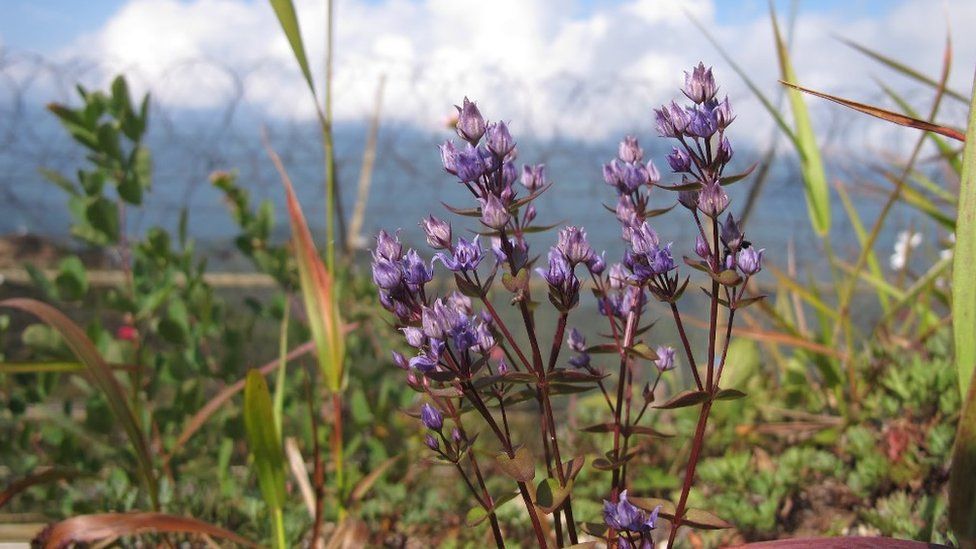 IMAGE SOURCE,GOOGLE ARTS & CULTURE/DMZ BOTANIC GARDENImage caption,
IMAGE SOURCE,GOOGLE ARTS & CULTURE/DMZ BOTANIC GARDENImage caption,Wilford swertia, a herb with violet flowers
For years, researchers at the DMZ Botanic Garden have been conducting surveys along the barbed-wire fencing along the zone. The DMZ is said to be home to hundreds of plant species that are found only in the Korean peninsula.
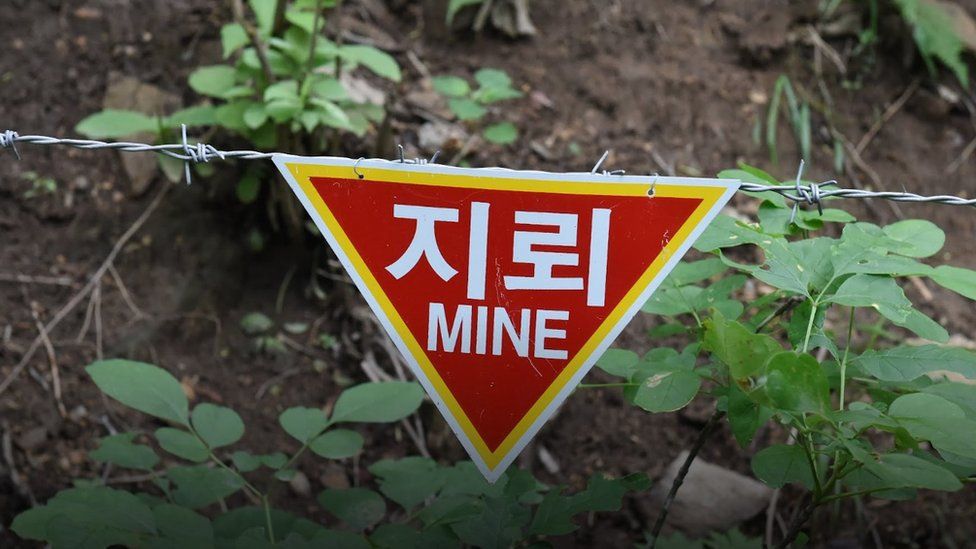 IMAGE SOURCE,GOOGLE ARTS & CULTURE/DMZ BOTANIC GARDENImage caption,
IMAGE SOURCE,GOOGLE ARTS & CULTURE/DMZ BOTANIC GARDENImage caption,Landmine warning in Yanggu, a country that borders the DMZ
Despite the vivid display of life, traces of pain and bloodshed remain in the DMZ - like barbed-wire fences, landmine warnings, and the remains of broken houses.
After all, the war has not formally ended, and the two Koreas remain divided till this day.
Related Topics
Wildlife
South Korea
North Korea–South Korea relations
North Korea
No comments:
Post a Comment